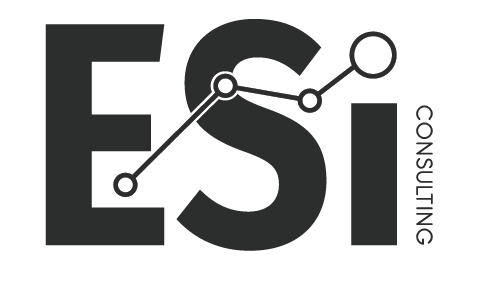The evolution of HR Tech - Paving the way for AI-centric solutions
I began my career in People Technology in the early 2000s when HR technology was undergoing significant transformation. This era marked a shift in both functional product expectations and the underlying technology stack that powered these products. The relationship between product functionality and the platform it's built on has always been symbiotic—when technological capabilities expand, so do the functional possibilities and the potential solutions software vendors can offer. Once again, we find HR Technology on the precipice of a whole new revolution with AI
The turn of the millennium was characterized by the rapid expansion of the Internet, which was becoming more accessible and reliable as a foundational infrastructure. This shift also opened a new channel for businesses to connect with people outside of in-person or over-the-phone interactions. The advent of cloud-based technology emerged as a viable and more efficient alternative to managing private networks for running business applications. This allowed smaller companies access to systems that they previously couldn’t afford to implement or manage on their own private host networks. At that time, software was primarily downloaded onto a single machine and was accessible to one or just a few users.
In this context, HR software primarily served as an add-on to payroll applications—already must-have software that all companies needed to pay people accurately and on time at scale. The HR module was mainly a tool for tracking employment data required for compliance purposes, rather than for payroll processing itself. Within payroll systems, HR users would update and manage information like emergency contacts, dependents, gender, and store documents such as reviews, illness and injury reports, and signed letters in electronic employee files.
Initially, the software was still focused on payroll processing, but having an integrated HR profile within the payroll system became a valuable feature. What started as a differentiator soon became a standard expectation ("table stakes") for any payroll system.
As cloud computing took the software industry by storm, existing providers began migrating their offerings to the cloud. Software companies were not only driven by competition but also attracted to the subscription model, which provided stable, recurring revenue.
However, as we transitioned to the cloud, we discovered that the object models of closed-off, payroll-centric HR systems made it challenging to segment data needed for employee self-service. This led to the emergence of new technologies like Workday, SuccessFactors, and many other cloud HCM platforms. These platforms focused on HR functionality with object models that were thoughtfully designed to accommodate employee and manager self-service.
With this new architecture, HR began to rethink how different departments could use HR data. The ability to segment this data by role allowed HR to provide analytics and raw data to the organization. People technology gradually evolved into the enterprise hub, becoming the source of record for people data used across all business applications—ranging from user/ID management systems to learning management, accounting, and any other system requiring an accurate, live list of active employees along with their contact and organizational data.
We are now at another inflection point in the evolution of technology: the rise of Artificial Intelligence. AI is everywhere—everyone is selling it, and everyone is buying it. However, much like the dawn of the cloud era, the market is currently integrating AI into existing products around their current architecture.
Companies are applying the latest technology to their industry-leading products, aiming to deliver the most complete feature set and value to their customers. This effort is both ambitious and commendable, as it enables clients to keep up with the latest technology within their current offerings.
But if we take a lesson from history, we will soon encounter limitations with our current architecture. New people technology will emerge—next-generation technology that not only integrates AI features but is also architected around the full capabilities of AI. An AI-centric HR product.
In this series of articles, we'll explore the evolving mandate of People & Culture within organizations and how this will shape the next generation of AI-centric HR technology. We’ll discuss the new challenges we’ll be tasked to solve, what solutions could look like, the risks of AI, and how these factors will impact the future of work.
